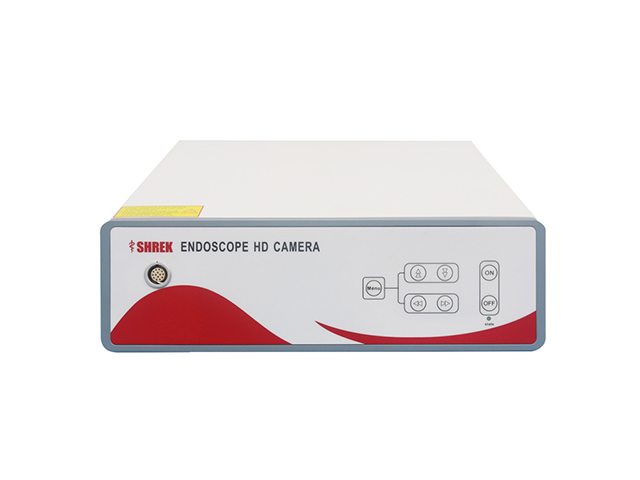SHREK NEWS
What equipment does office hysteroscopy camera system include? How to disinfect it?

A office hysteroscopy camera system is a medical device used to examine the inside of the uterus. It consists of a hysteroscope, which is a thin, lighted tube with a camera at the end, and other equipment such as a light source, video camera, monitor, insufflator, and irrigation pump.
During a hysteroscopy procedure, the hysteroscope is inserted through the cervix and into the uterus, allowing the doctor to view the inside of the uterus on a monitor. The camera on the hysteroscope captures high-resolution images of the uterine cavity, which can help diagnose and treat various gynecological conditions such as fibroids, polyps, abnormal bleeding, and infertility.
The office hysteroscopy camera system can also be used for therapeutic purposes, such as removing polyps or fibroids, and can often be done on an outpatient basis with minimal discomfort and quick recovery time. Overall, the hysteroscopy camera system is an important tool for gynecologists and other healthcare professionals in the diagnosis and treatment of various uterine conditions.
An office hysteroscopy camera system typically includes the following equipment:
Hysteroscope: A thin, lighted tube with a camera at the end that is inserted into the uterus to visualize the uterine cavity and diagnose and treat various gynecological conditions.
Light source: A bright light that illuminates the uterine cavity and allows the camera to capture clear images.
Video camera: A high-resolution camera that is attached to the hysteroscope and captures images of the uterine cavity.
Monitor: A display screen that shows the images captured by the camera.
Insufflator: A device that pumps gas (usually carbon dioxide) into the uterus to expand the uterine cavity and improve visualization.
Irrigation pump: A device that delivers fluid (usually saline) into the uterus to help clean and visualize the uterine cavity.
To disinfect the hysteroscopy camera system, the following steps should be taken:
Disconnect all equipment and remove any disposable items.
Clean all reusable equipment, including the hysteroscope, light source, video camera, insufflator, and irrigation pump, using a detergent solution and a soft-bristled brush.
Rinse all equipment thoroughly with clean water.
Disinfect all equipment using an appropriate disinfectant solution, following the manufacturer's instructions for use.
Rinse all equipment thoroughly with clean water and allow to air dry.
Store all equipment in a clean and dry area, protected from dust and contamination.
It is important to follow the manufacturer's instructions for cleaning and disinfecting the office hysteroscopy camera system to ensure effective disinfection and to prevent damage to the equipment. Additionally, healthcare professionals should always wear appropriate personal protective equipment (PPE) when handling and disinfecting medical equipment.




